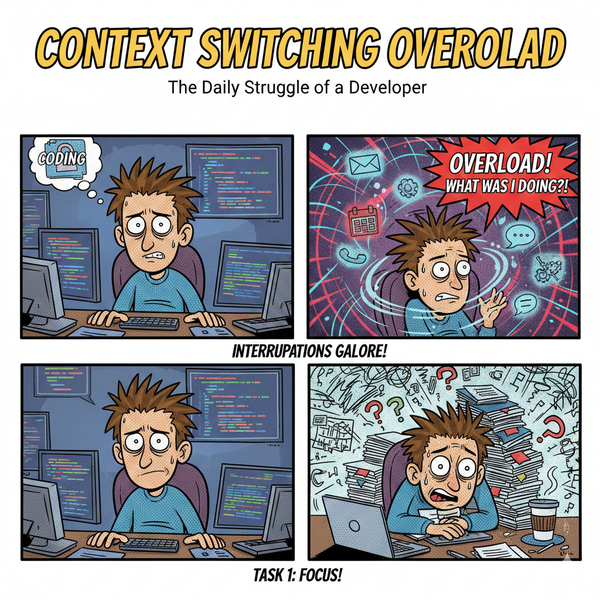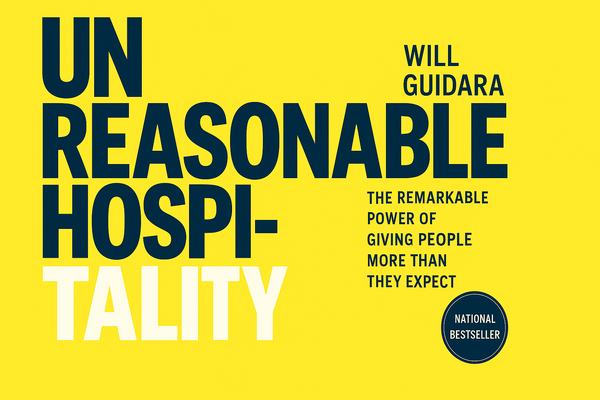Investigating the Digital Marketing Strategies of Trump and Harris Campaigns
Discover how Trump and Harris leveraged digital ads on Google and Facebook in the 2024 presidential race. Explore strategies, budgets, and insights in this detailed analysis.
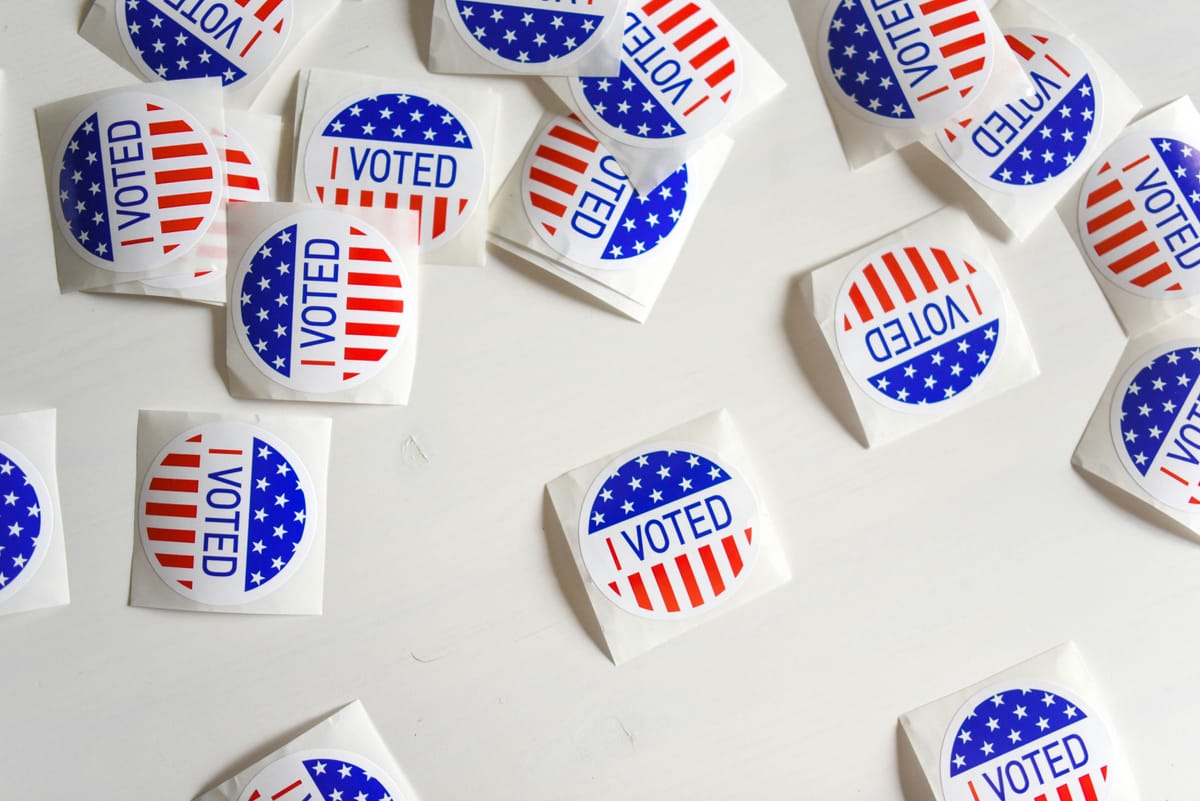
Before I begin, I want to highlight that this article is non-political and focuses on how each presidential candidate utilized the digital marketing platforms Google or Meta for their 2024 election campaigns. I analyzed the campaigns using the open data provided by each platform and tried to consolidate all campaigns for each candidate.
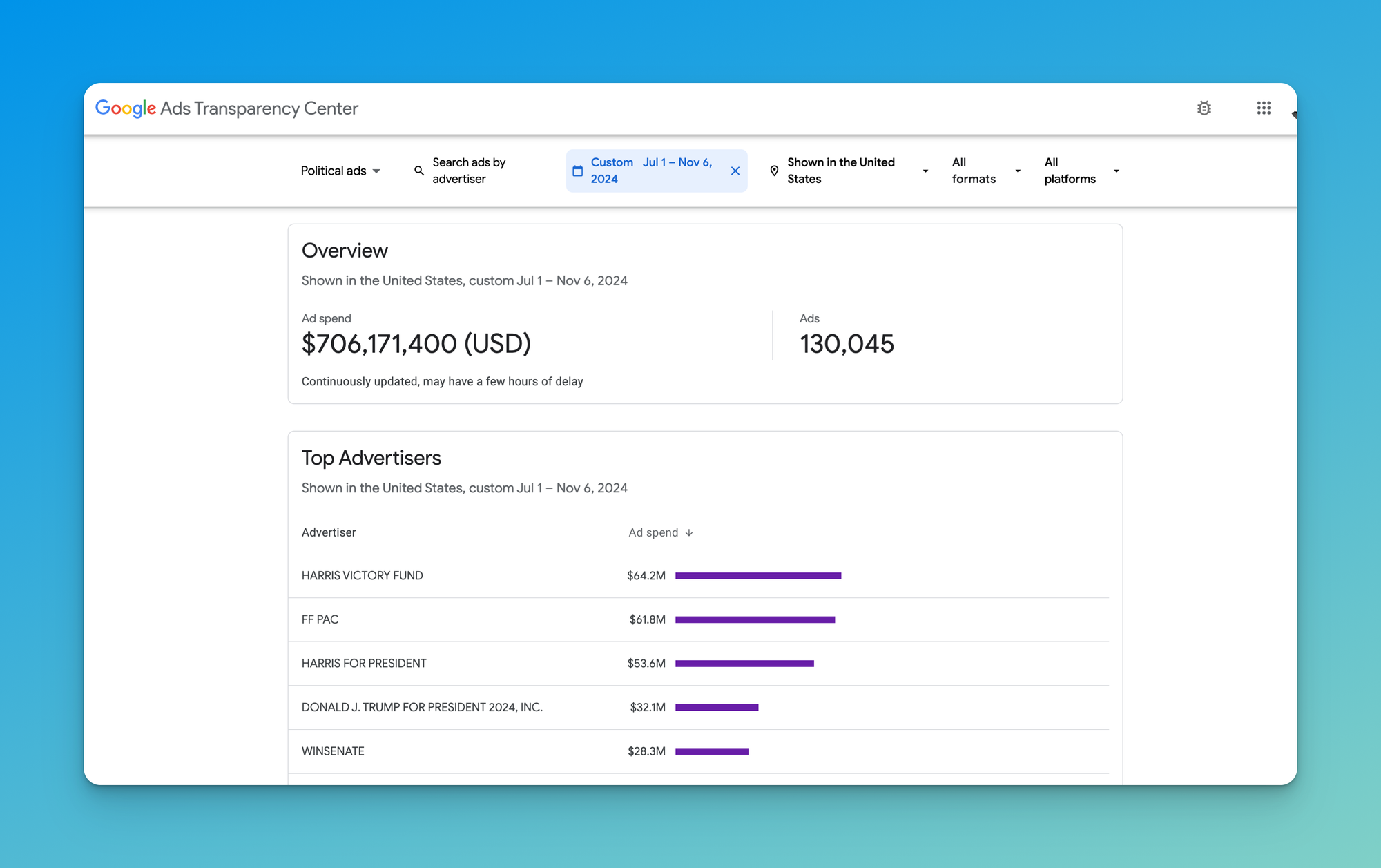
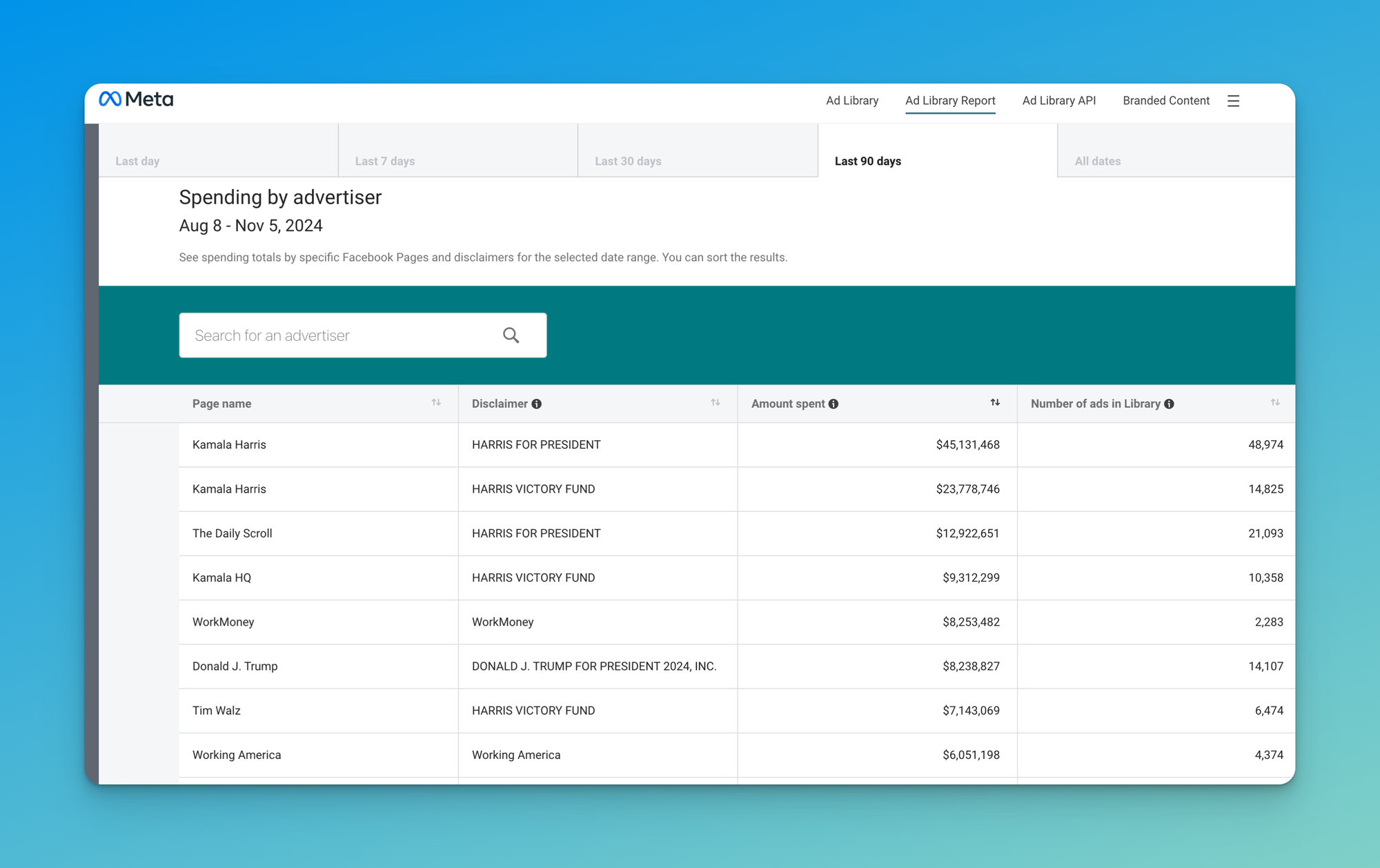
Google vs Meta Political Transparency Reports
Unfortunately, I could not gather data on political ad spending from either X or TikTok which is a shame that this information is not transparent. I firmly believe this information should be made available for transparency's sake to help us gain insights about each campaign.
I utilized the data for the 90 days leading up to November 6th, which allowed me to equalize both campaigns regarding reporting. Disclaimer: I only filtered on advertisers with the candidate's name. So, advertisers are not accounted for using PACs or Super PACs as I don't have time to review all the data.
Regarding political campaigns...money talks, especially in the digital marketing space!
The recent ad spending data for Trump and Harris reveal each campaign's priorities and different approaches to reaching voters. Let's examine how candidates spent their cash and what it says about their marketing strategies.
Platform Priorities: Google vs. Facebook
The numbers make it clear: Trump went all in on Google, with a staggering $195.3 million spent on ads compared to just $16.3 million on Facebook. On the other hand, Harris invested heavily in Facebook, allocating $69.3 million there versus $126.4 million on Google. What does this mean?
| Campaign | Facebook Spend (USD) | Google Spend (USD) | Total Spend (USD) |
| Trump | 16,280,740 | 195,326,200 | 211,606,940 |
| Harris | 69,294,445 | 126,476,300 | 195,770,745 |
For Trump, the emphasis was on broad visibility. Google ads are ideal for top-of-the-funnel strategies—reaching as many people as possible through search ads, YouTube videos, and display networks. The approach likely aimed at driving awareness, generating buzz, and ensuring Trump's name and message were everywhere potential voters looked.
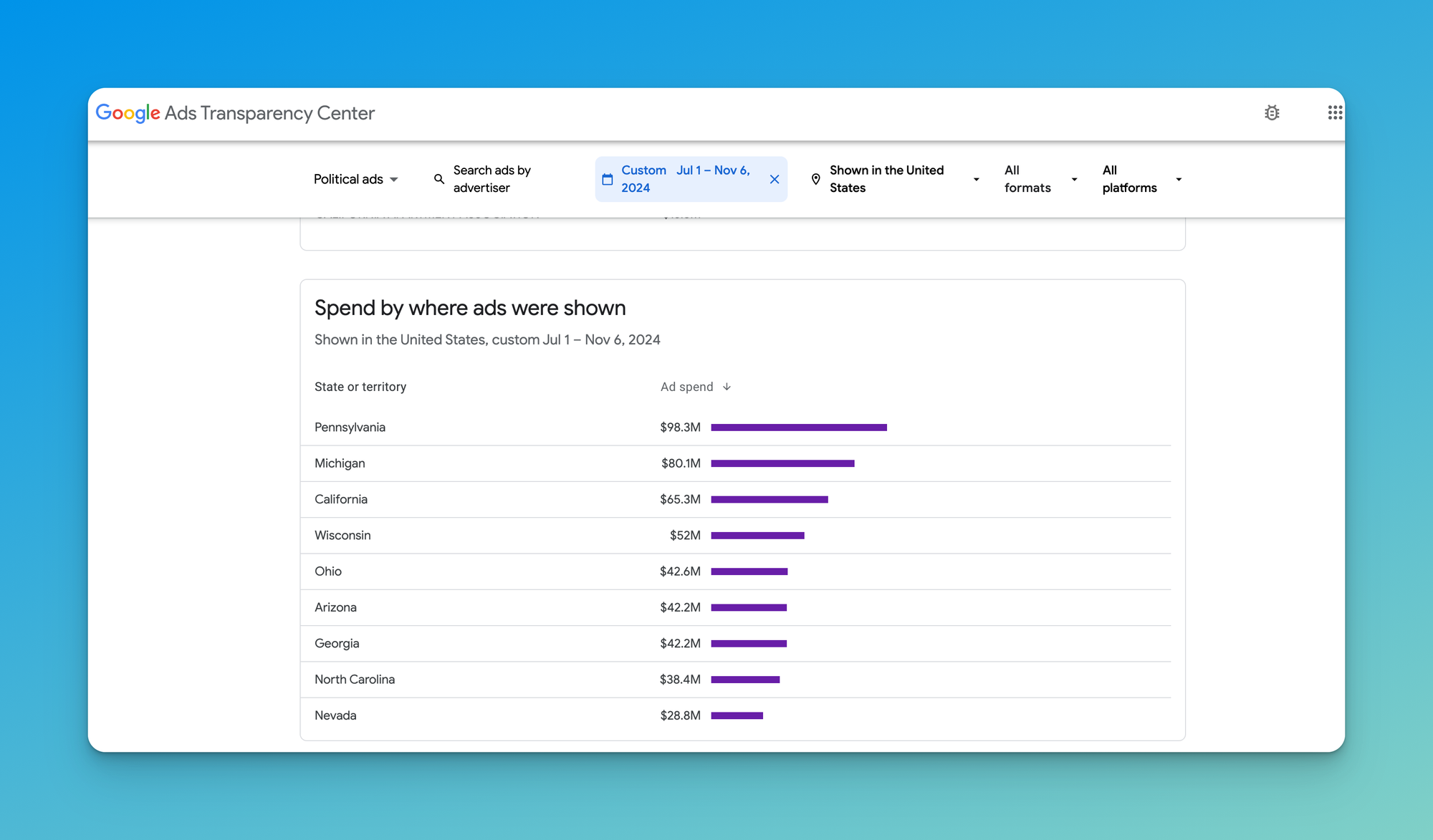
Harris, by contrast, focused on Facebook engagement. Facebook is where you build relationships, activate communities, and connect more personally. Spending $69.3 million on Facebook ads shows a clear push to foster grassroots support. Harris's campaign seemed keen to use Facebook's powerful targeting tools to deliver the right message to the right people, building support from the ground up.
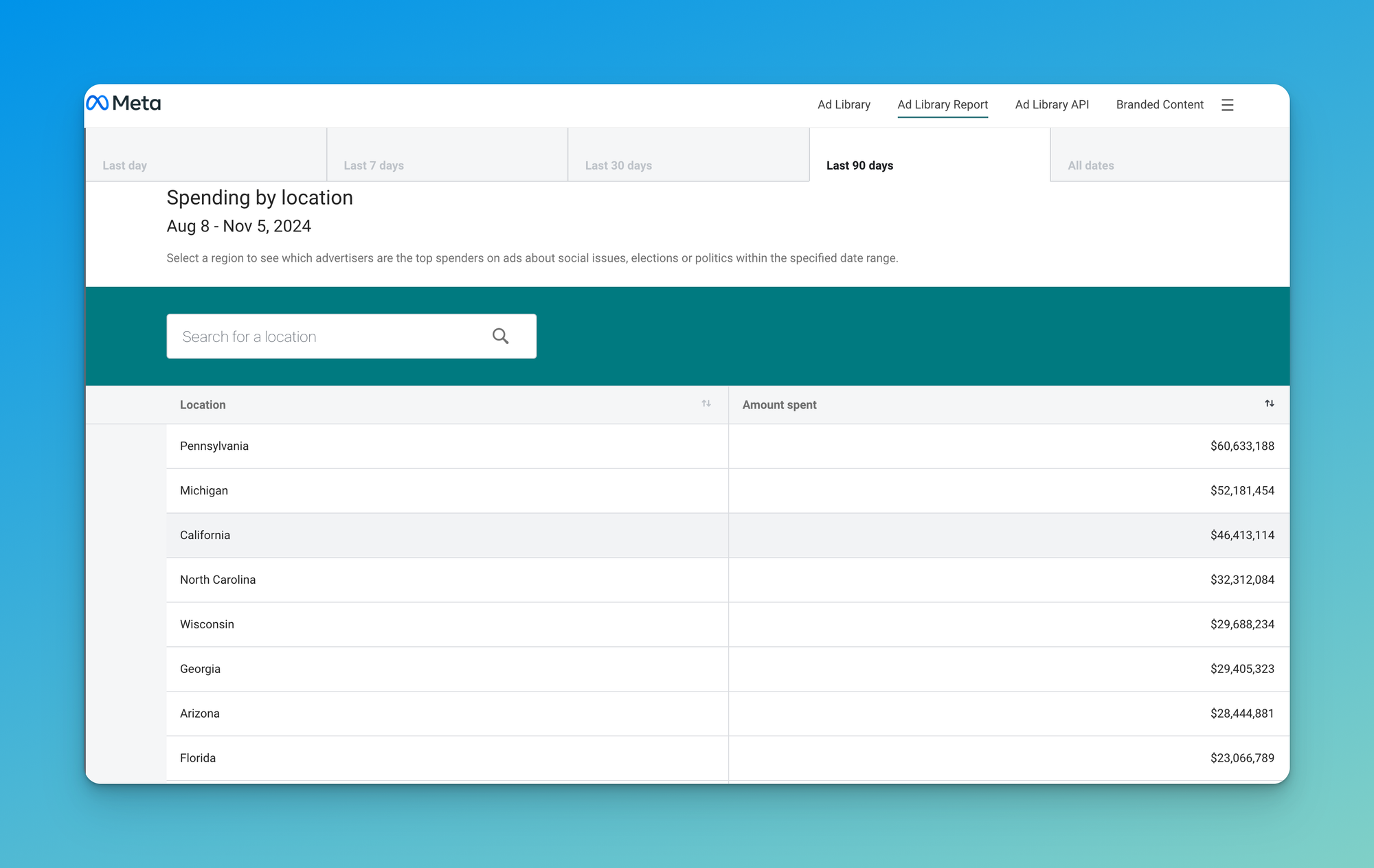
Audience Engagement: Different Strategies, Different Funnels
The difference in ad spending across platforms speaks volumes about each campaign's engagement strategy.
Trump's Google strategy points to a campaign built around mass visibility and broad targeting. Google's reach—from Search to YouTube—means that the Trump campaign could target general interests and swing state issues to influence voter perception. The message? Be everywhere, so that no matter where voters turn, they see your content.
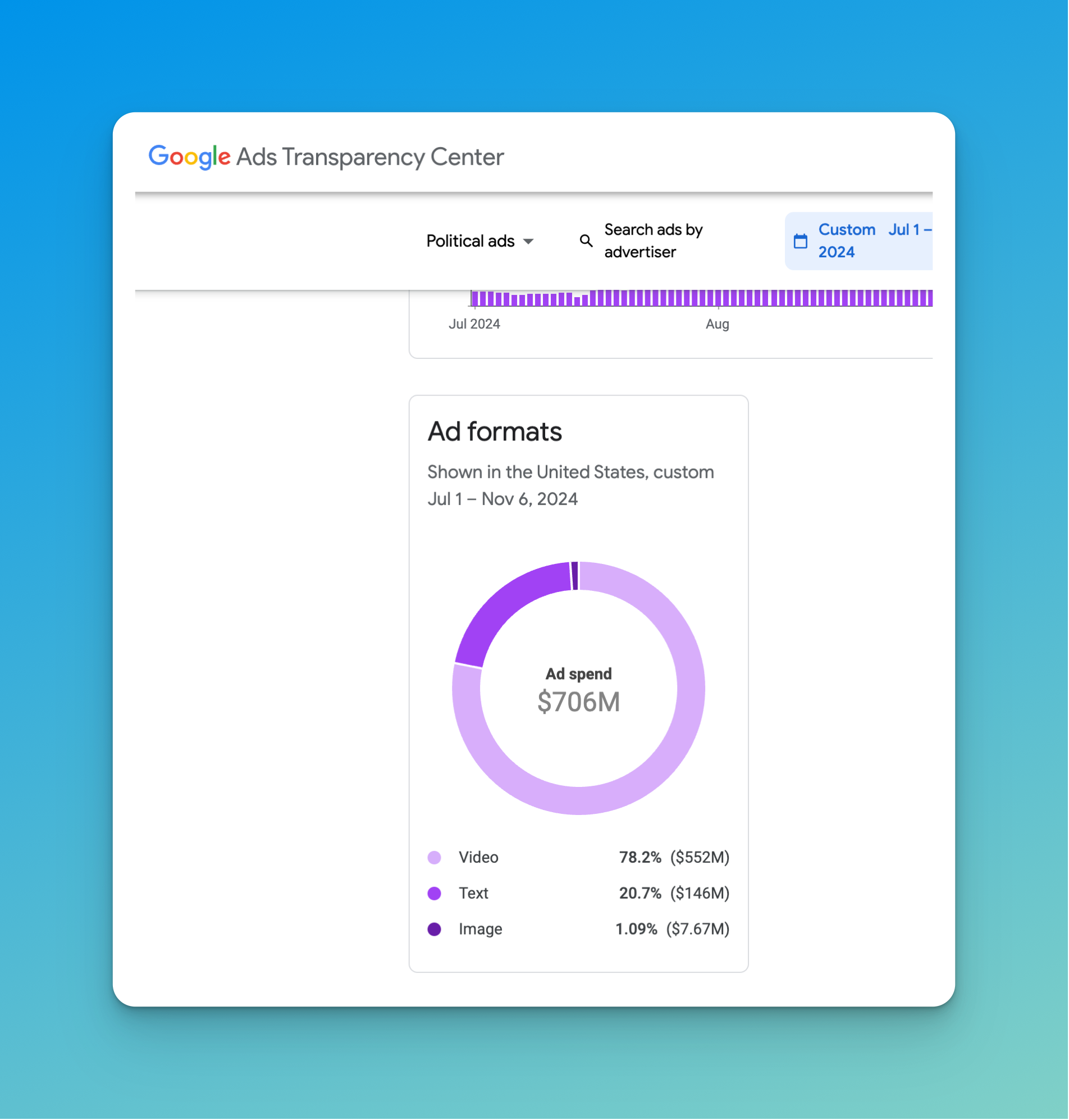
Meanwhile, Harris's Facebook-heavy approach suggests a strategy focused on direct engagement and mobilization. Facebook ads allow for detailed micro-targeting—perfect for a campaign that wants to zero in on specific voter groups. Harris's ads were likely designed to build community, encourage discussions, and activate voter turnout. This was less about mass reach and more about rallying the base.
Messaging and Adaptability
The platforms also highlight differences in messaging style and adaptability. Google ads, especially YouTube videos, take more preparation and are ideal for long-term, consistent messaging. Trump's campaign likely leaned into this, focusing on key issues and themes that remained steady throughout the election cycle.
Harris's Facebook focus, however, meant a more agile and responsive strategy. Facebook ads can be quickly updated and adjusted, allowing the campaign to react to breaking news and tailor messages based on real-time voter sentiment. This adaptability is crucial in a fast-moving political landscape where public opinion can shift rapidly.
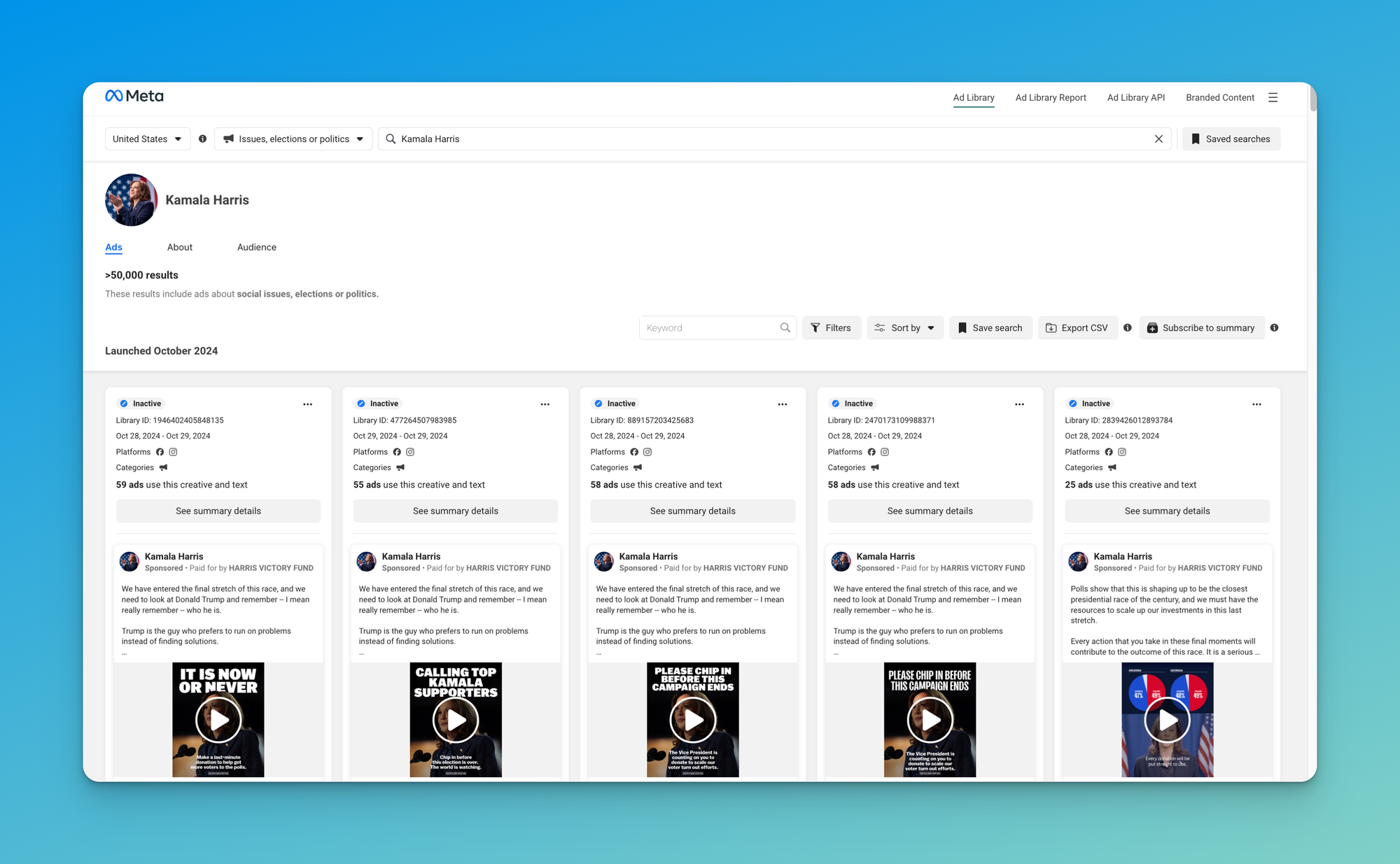
Final Thoughts
Ultimately, the ad spend data tells a story of two campaigns with distinct strategies. Trump's campaign aimed for broad strokes, visibility, and a consistent presence across Google's vast networks.
Harris's campaign prioritized engagement, targeting specific voter segments with personalized messaging on Facebook. These approaches reflect their campaign objectives—whether it's about being seen everywhere or building strong, interactive support networks.
This comparison sheds light on the evolving role of digital platforms in political campaigns. It's not just about how much you spend but where and why you spend it that shapes the outcome.
Note: The tools I used for this article are great for monitoring competitors on Google or Meta platforms. The Ad libraries allow you to view current and previous ads.
FAQ Section: Digital Ad Strategies in the 2024 Presidential Campaign
Q: How did Trump and Harris allocate their digital ad budgets between Google and Facebook?
A: In the 90 days leading up to November 6, 2024, Trump allocated approximately $195.3 million to Google ads and $16.3 million to Facebook ads. Conversely, Harris spent about $126.4 million on Google and $69.3 million on Facebook.
Q: What were the primary objectives of Trump's focus on Google ads?
A: Trump's emphasis on Google aimed to achieve broad visibility. Utilizing Google's extensive reach through search ads, YouTube videos, and display networks, his campaign sought to maximize exposure and ensure his presence across various online platforms.
Q: Why did Harris invest more heavily in Facebook advertising?
A: Harris's campaign prioritized Facebook to foster direct engagement and mobilize supporters. Facebook's advanced targeting capabilities allowed her team to connect with specific voter groups, build community support, and encourage active participation.
Q: How did the differing ad strategies reflect each campaign's messaging approach?
A: Trump's strategy focused on consistent, broad messaging across Google's platforms, aiming for widespread reach. In contrast, Harris's approach on Facebook was more agile, enabling rapid response to current events and tailoring messages based on real-time voter feedback.
Q: What insights can be drawn from the digital ad spending patterns of both campaigns?
A: The spending patterns highlight distinct campaign priorities: Trump's campaign aimed for extensive visibility through Google's networks, while Harris's campaign concentrated on targeted engagement via Facebook. These strategies underscore the evolving role of digital platforms in political campaigns, where the choice of platform and spending allocation significantly influence outreach effectiveness.

